
现货 英文原版 Picasso and the Invention of Cubism 毕加索与立体主义的发明
¥ 650 九品
仅1件
北京昌平
认证卖家担保交易快速发货售后保障
作者Pepe Karmel
出版社Yale University Press
ISBN9780300094367
出版时间2003
装帧精装
页数256页
上书时间2024-10-03
- 在售商品 暂无
- 平均发货时间 40小时
- 好评率 暂无
- 店主推荐
- 最新上架
商品详情
- 品相描述:九品
- 图书馆藏书,书衣粘连到衬页,除图片中印章标签外,内页干净,无笔记和划线,图片实拍。
- 商品描述
-
看清运费、商品描述、请直接下单,单本不议价,量大从优。标“现货”的当日16点前北京发货,其余的国外发货,一般2-3周周可到货,个别的4-5周,急用的请咨询客服。代购各国外文图书,发票税点3%(下单后联系客服,把税点钱加到订单里面再付款)。孔网买书一定要看清封底和版权页,看好卖家信誉、发货时效。
Looking for business-only pricing and quantity discounts?
If you're buying on Amazon for work, we recommend creating a FREE Amazon Business account for downloadable VAT invoices, business-only pricing, greater payment flexibility and more. Create a free account
This work seeks to transform our understanding of Cubism, showing in detail how it emerged in Picasso's work of the years 1906-13, and tracing its roots in 19th-century philosophy and linguistics. Linking well-known paintings and sculptures to the hitherto-ignored drawings that accompanied them, Pepe Karmel demonstrates how Picasso's quest to depict the human body with greater solidity led, paradoxically, to its fragmentation; and how Picasso used the archaic model of stage space to free himself from conventional perspective, replacing the open window of Renaissance painting with a new projective space. Rejecting the usual distinction between "analytic" and "synthetic" Cubism, Karmel shows how Picasso's changing artistic goals were realized in the crystalline Cubism of 1907-09, the gridded Cubism of 1910-11, and the planar Cubism of 1912-13. In other chapters, Karmel discusses the empiricist philosophy championed by Hippolyte Taine, which encouraged the breakdown of painting into its abstract elements, and laid the groundwork for an art of mental association rather than naturalistic figuration. Similarly, contemporary philology provided the model for a visual language employing both metaphoric and metonymic (but not arbitrary) signs.
— 没有更多了 —














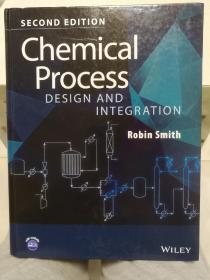
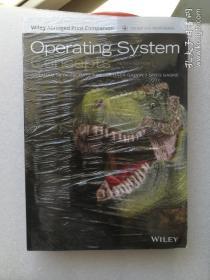
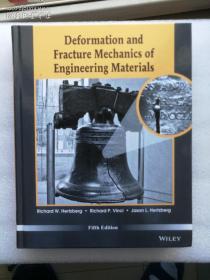

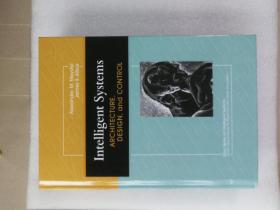
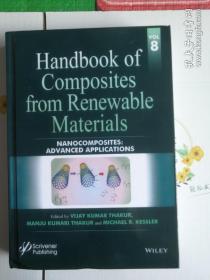










以下为对购买帮助不大的评价